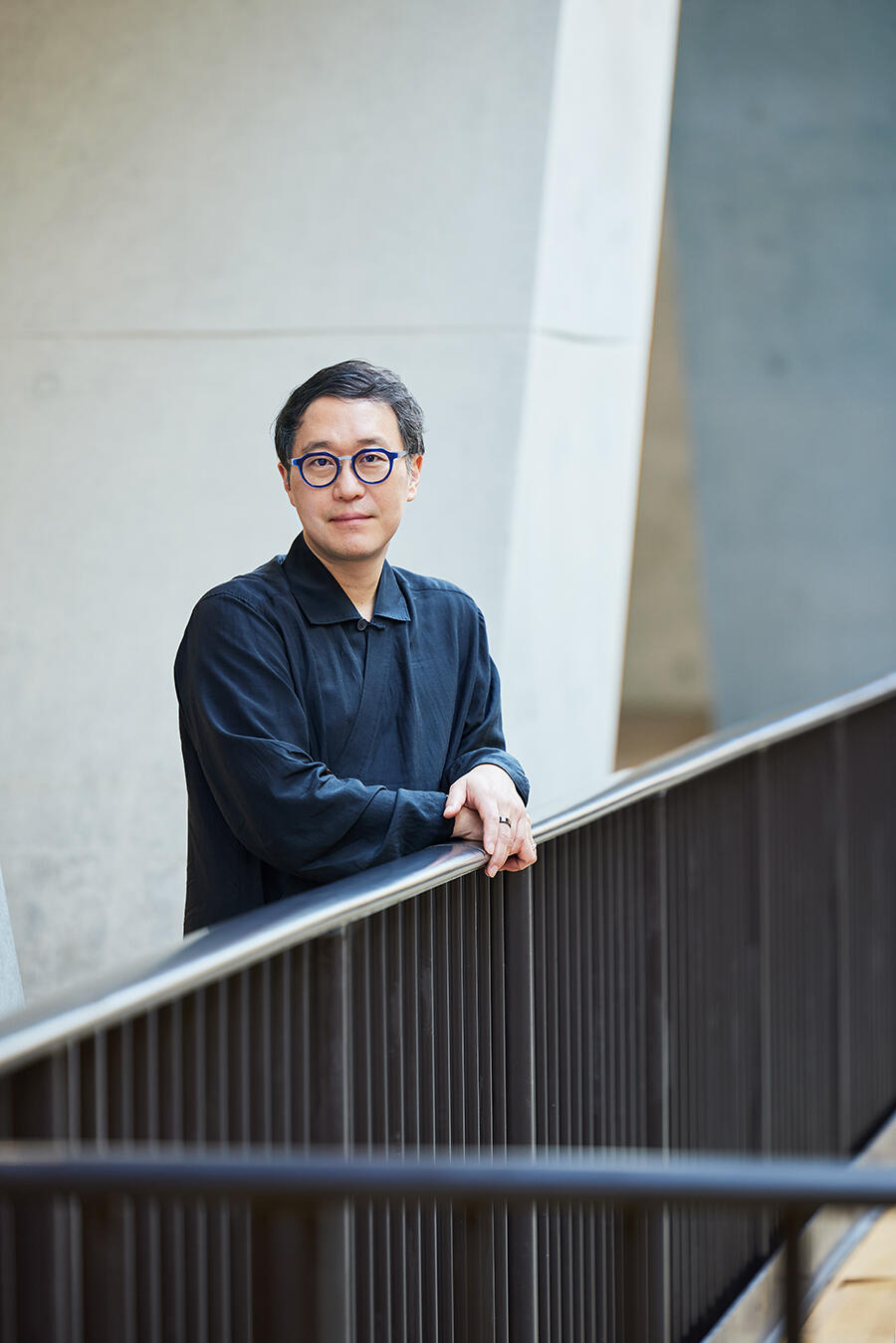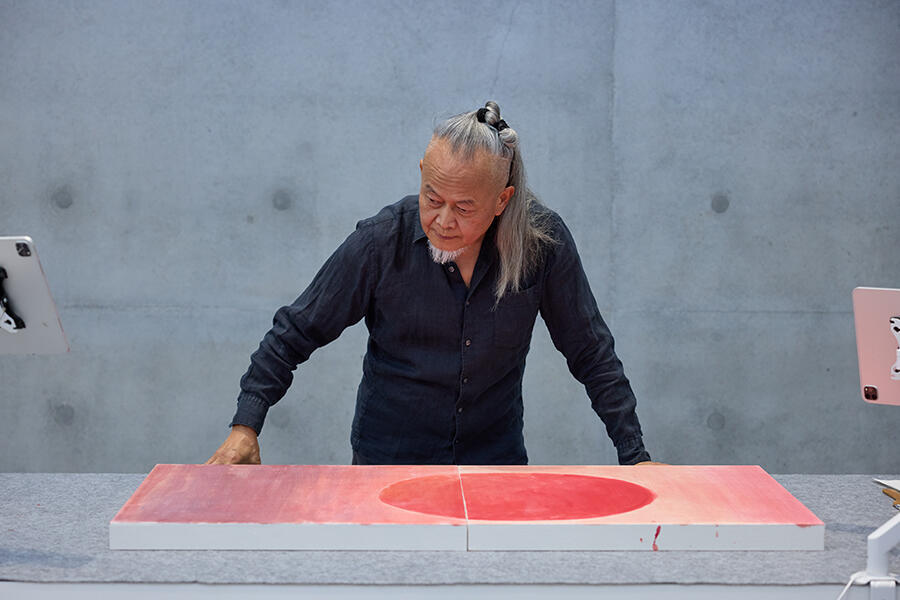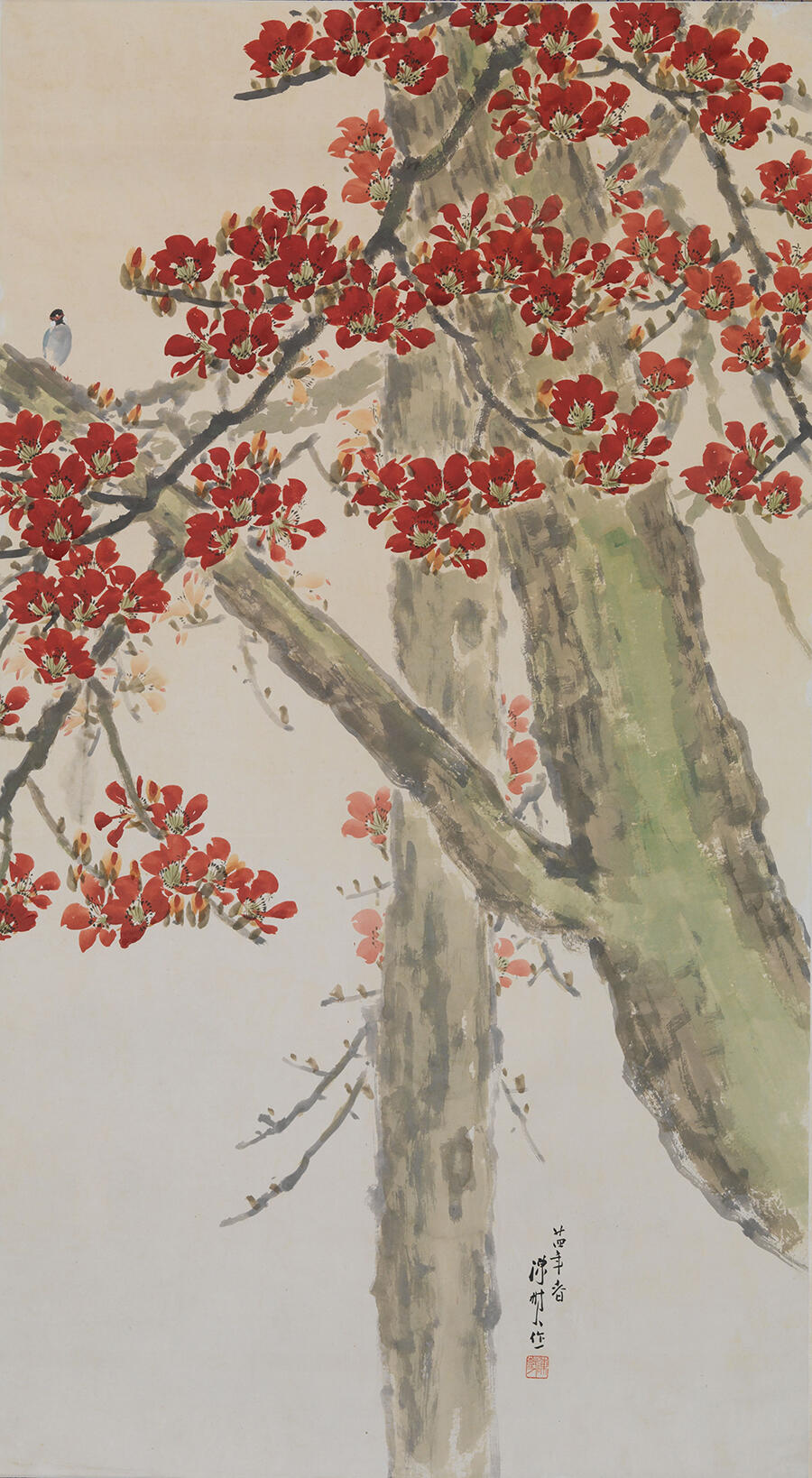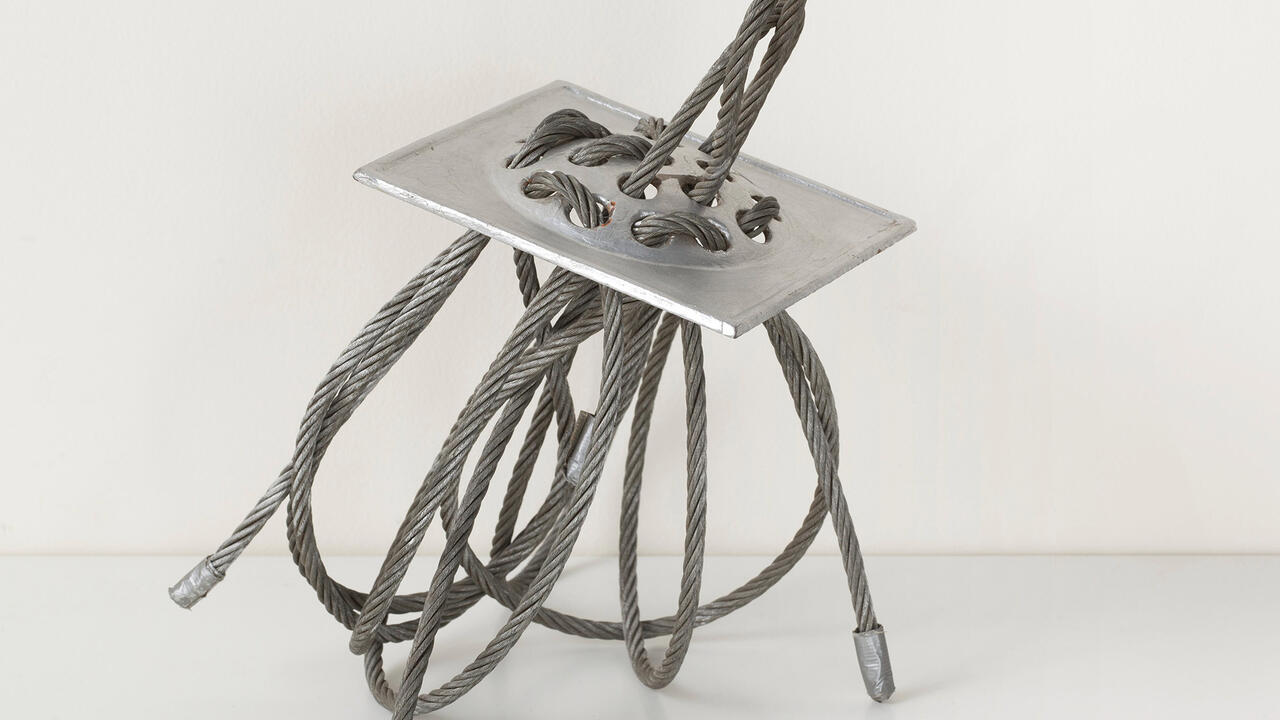Doryun Chong on M+ and Hong Kong’s Future
The museum’s artistic director and chief curator discusses engaging local artists and the city as a vital connector between Mainland China and the world
The museum’s artistic director and chief curator discusses engaging local artists and the city as a vital connector between Mainland China and the world

Sean Burns How do you envision M+ shaping the global perception of Hong Kong’s cultural identity over the next decade?
Doryun Chong From the very beginning, the vision of M+ was clear – it is a global museum of contemporary visual culture rooted in and originating from Hong Kong, inspired by the city’s historical cosmopolitan identity. Since it opened in 2021, the museum has delivered on that vision to express and enrich the city’s cultural DNA. As the world continues to change in the coming years, we will continue to uphold our founding vision.
SB How is M+ balancing its international ambitions with the need to support and nurture local Hong Kong artists and communities?
DC The city’s locality, arts and culture have always been at the core of the museum’s collection. Around 20 percent of artists and makers in M+’s collection are from Hong Kong, including artists such as Movana Chan and Trevor Yeung. Our programmes regularly feature local talent. For example, between 2013 and 2025, we organized and curated six editions of the Venice Biennale Hong Kong Collateral Event featuring local artists. Hong Kong artists have also been included as candidates in the Sigg Prize exhibitions since 2019. There are many ways in which we support and nurture Hong Kong artists.

SB Given the shifting political and social landscape in Hong Kong, how does M+ navigate curatorial freedom and institutional responsibility?
DC Like any major institution around the world, curatorial autonomy and independence are paramount. It is our institutional responsibility to deliver and maintain the vision I mentioned above, which I can confidently say we are fulfilling. I believe that political and social landscapes have been shifting globally over the past few years and will continue to do so in the coming years, making our work as museums increasingly challenging. At M+, we have grown more knowledgeable and sensitive to local specificities, while staying in close dialogue with our colleagues around the world to compare notes and learn from one another.
Hong Kong will continue to serve as a gateway between Mainland China and the rest of the world – a connector and a translator, as it has always been
SB What role do you see M+ playing in fostering dialogue between traditional art forms and digital or immersive media, especially with the rise of AI and virtual reality?
DC A good example is ink art, a very important traditional art form in our part of the world, with Hong Kong playing a particularly important role in the modernization of that medium and genre. Rather than remaining confined to traditional forms, ink art has continued to evolve. We have a younger generation of artists – such as Hung Fai and Yau Wing Fung – engaging with the field in very committed ways. Some of them are now combining ink art with AI algorithms and other cutting-edge technological advancements, pushing the field even further ahead. M+ looks at the latest developments in contemporary art and design, closely observing and studying new tendencies and ideas while maintaining a certain distance from history to form more objective views. We always remind our viewers that there is a genealogical trajectory that has brought us to these newest trends, tendencies, and practices.

SB How does M+ plan to stay relevant to younger generations, both in terms of programming and engagement strategies?
DC M+ has a very young audience. Approximately 85 percent of our visitors are between the ages of 18 and 45, with around 45 percent falling within the 25–34 age range. Our international team is also a very young workforce. About 80 percent of our staff members are from Hong Kong, and for many, M+ is the first and only museum they have ever worked for. They are not only being trained as museum professionals in different areas but also bring their ideas and reflections of what the younger generation is interested in and passionate about.
SB With global museums increasingly focusing on sustainability, how is M+ integrating environmental consciousness into its exhibitions, collections and operations?
DC We are a very active member of the international museum community participating in discussions on sustainability in areas such as facility management, collection care, exhibition design and production, programming and operation. As a relatively new institution housed in a building with strong energy efficiency features – such as the District Cooling System located beneath our building that draws energy from the water in Victoria Harbour to generate electricity – we strive to integrate sustainability throughout our practices. We also work closely with international alliances of museums and advocacy groups to reexamine and recommend on a broad range of museum standards. In terms of collection care, we try to minimize our carbon footprint when we ship our collection works in and out, avoid building excessive new walls in our exhibition designs and implement material recycling in exhibition production. We also consider sustainability when selecting exhibition subjects and developing curatorial concepts.

SB Can you speak about any upcoming initiatives or acquisitions that you believe will redefine how audiences engage with M+ in the future?
DC The museum’s primary remit is to address developments in contemporary visual culture; however, we sometimes stage exhibitions that trace a longer history. For example, in ‘The Hong Kong Jockey Club Series: Picasso for Asia – A Conversation’, currently on view, we look at European modernism from the earlier part of the 20th century through the work of Pablo Picasso, in relation to our largely contemporary collection. In the newly opened ‘Canton Modern: Art and Visual Culture, 1900s–1970s’, we again explore the first half of the 20th century and the emergence of modern art and visual culture in Guangdong, southern China.
Our upcoming exhibition ‘Zao Wou-Ki: Master Printmaker’, which opens in December, features the Chinese-born artist who later became a naturalized French citizen. The exhibition embodies the spirit of internationalism that defines M+. M+ holds the largest collection of Zao’s graphic works outside France, and this exhibition aims to highlight his printmaking practice, which remains largely underexplored. I think these three exhibitions really broaden our horizon beyond contemporary visual culture and our immediate geographies.
SB Looking ahead, what is your greatest hope – and your greatest concern – for the future of contemporary art in Hong Kong?
DC Our contribution to the present and future of contemporary art in Hong Kong has been most visible through our work at the Venice Biennale, where we helped elevate six Hong Kong artists onto the international stage. This exemplifies what we, as a global institution, can do to help shape the identity of our city’s art. Although we are not continuing to organize the Hong Kong Collateral Event at the Biennale for the time being, I believe M+ has set a model and established a high standard for a hopeful future of contemporary art in the city and further afield. I’ve always given credit to the commercial sector for its role in fostering contemporary art here. I firmly believe that Hong Kong will continue to serve as a gateway between Mainland China and the rest of the world – a connector and a translator, as it has always been.
‘Canton Modern: Art and Visual Culture, 1900s–1970s’ is at M+, Hong Kong, until October 05.
Main image: M+, Hong Kong. Courtesy and photograph: Virgile Simon Bertrand and Herzog and de Meuron























